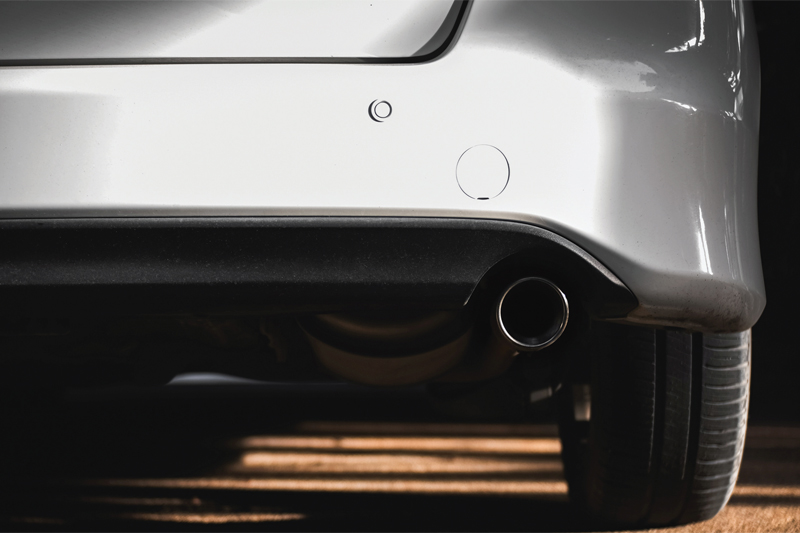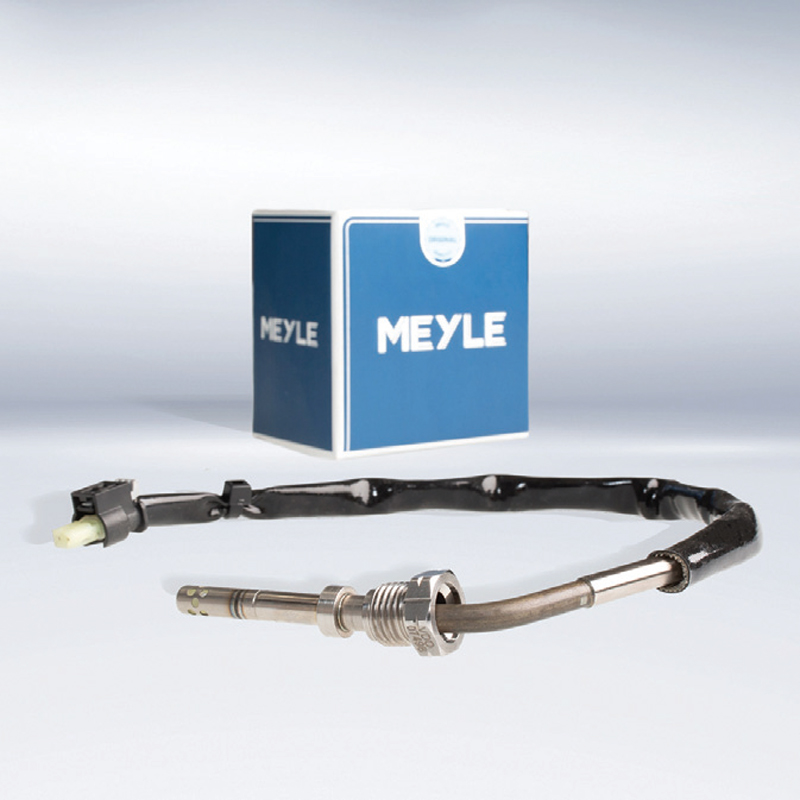
High-temperature exhaust sensors are used when a car becomes excessively hot. In the past, these sensors were only used to monitor catalytic converters. Meyle tracks the changes in exhaust sensors, and explains how the company’s range can help benefit the aftermarket.
In recent decades, the number of electronic and sensor components used has risen rapidly, and the demands that are made on them have also risen with this use. Today, they also ensure that critical components do not overheat under the most difficult of conditions. For example, they must deliver consistently precise measurement results at a temperature range between -40 and 1,200°C. In comparison, electronic components in the engine area only have to be designed to accommodate a temperature range of -40 to 125°C.
Better data: a benefit for customer and workshop
With an abundance of electronic and sensor technology parts in new cars, it is easy to lose track of what is going on internally. It is therefore particularly important to ensure that the parts intended for installation fit perfectly, and that mistakes aren’t made during installation. Errors could result in a disturbance of the communication between the electronic and sensor parts, and therefore cause safety-relevant failures.

Fast measurement results are necessary in order to optimise vehicle performance and avoid expensive engine damage, and are especially useful in the repair of sensitive vehicle electronics. In order to eliminate sources of error in product data as much as possible, Meyle operates a product data management system which enables the allocation of the correct electronic component to the appropriate vehicle.
To ensure the highest possible quality of product, Meyle product managers, engineers and data managers have worked together as a team from the very beginning of the production process. The company is aiming to deliver better data, facilitated by regular reviews of OE replacement chains in order to derive opportunities to optimise and consolidate the product portfolio. An example of Meyle’s work in this respect has been the decision to combine exhaust gas temperature sensors – which often have three different product numbers –into one product with a single product number. This simplifies everyday work in the workshop, as mix-ups can be largely avoided.
Better data will ensure the longevity of turbochargers and catalytic converters, as well as the regeneration of particulate filters. Exact measurement results also allow for efficient fuel consumption and reduced pollutant emissions.

The Meyle portfolio
Thanks to the continuous expansion of the Meyle range, more than 250 high temperature exhaust gas sensors are now available for more than 35 million vehicles in Europe. The portfolio in the electronics sector in particular has been systematically and continuously expanded over the past few years.







